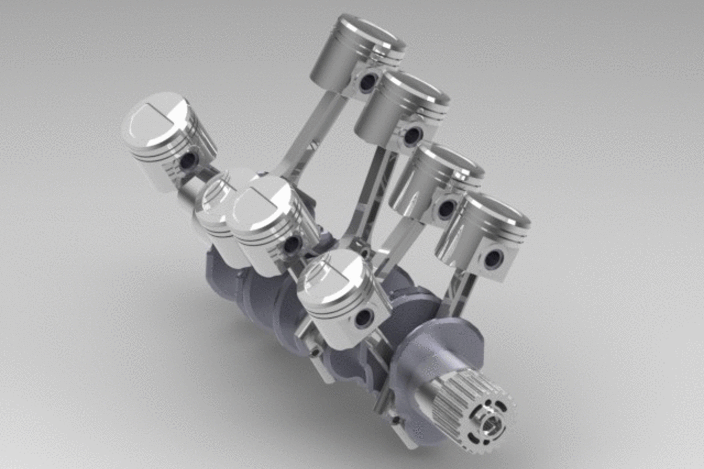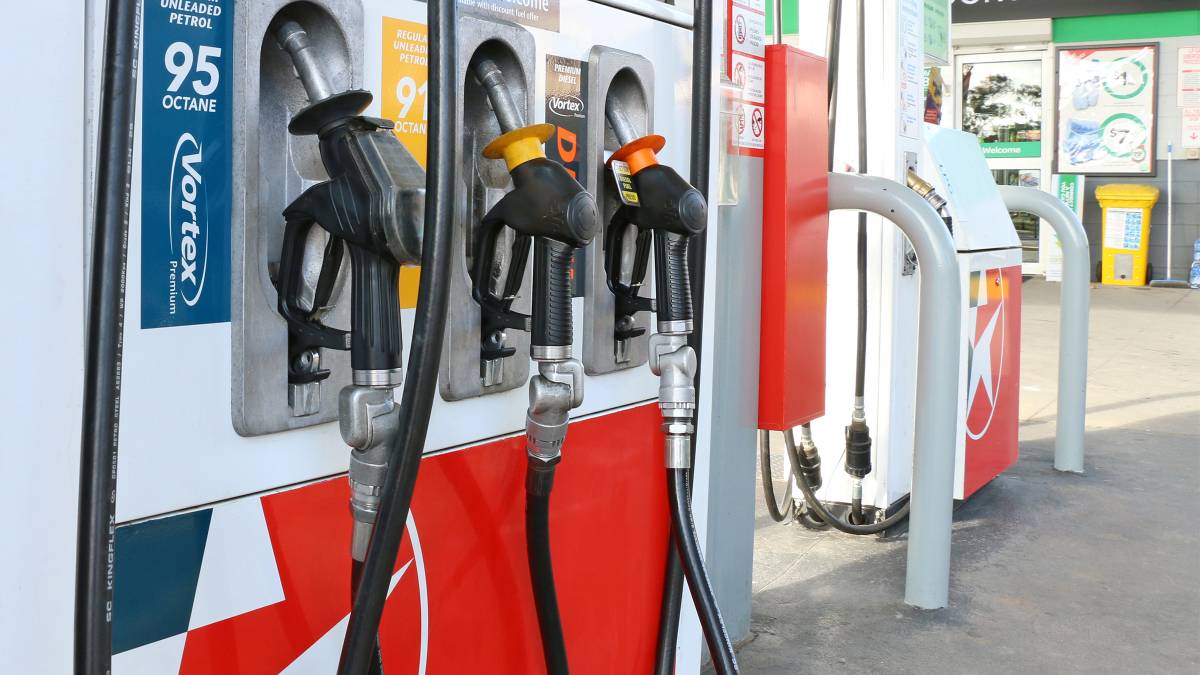What Does RPM Mean in a Car? When you’re driving, there are a lot of things to pay attention to. You have to keep your eyes on the road, your hands on the wheel, and your mind on your destination. Amid all of that, it can be easy to forget about the little details—like what all those numbers on your dashboard mean.
If you’ve ever found yourself wondering what car engine RPM means, you’re not alone.
Here, we’ll explain what RPM stands for, what RPM measures, and what RPM means to you as a car owner and driver.
What does RPM stand for?
RPM stands for ‘revolutions per minute’.
RPM is measured by a gauge on your dash called the ‘tachometer’ or ‘tacho’ for short.
It might seem like your wheels are the only things revolving in or on your vehicle – but RPM doesn’t relate to your wheels spinning. Instead, the revolutions that RPM measures are within your engine.

To understand what RPM measures, it’s useful to get a super-quick understanding of how an internal combustion engine works.
Fuel and air are injected into the cylinders of the engine then ignited. This combustion pushes pistons down the cyclinders at different times – and this movement turns the engine’s crankshaft. It’s the revolutions per minute that this crankshaft makes that show on your dash as RPM.
Does higher RPM mean faster?
RPM and speed are somewhat connected – but it’s not as simple as more RPM equaling more speed. It gets a little bit more complicated because of the transmission that connects your engine to your wheels.
You can disconnect the engine and the transmission and let the engine rev freely when you push the accelerator. In manual transmission cars, you do this by putting the car in neutral (no gear selected) – and in automatic transmission vehicles you’d do this by selecting N – again, standing for neutral.
With the car in neutral, you can increase the revs without increasing the speed.
What about RPM when you’re driving?
When you’re driving, RPM works a little differently. As you push the accelerator pedal, the engine speed will increase. The RPM goes up as the vehicle speed increases – but RPM will drop when you change up a gear.
This happens because of how manual transmission and automatic transmission gearboxes work. They are designed to minimise the amount of effort needed from your engine to turn the wheels.
So, if you pull away in 1st gear and accelerate to 30kph without changing gear, your engine will be working very hard and spinning the crankshaft at somewhere around 5,000rpm. However, if you change into the correct gear (probably 2nd or 3rd), the RPM will drop to somewhere around 1,500rpm and your engine will become a lot less noisy!
More RPM from the engine will usually mean more speed – but the gearbox or transmission is there to make sure that the power is being delivered to the wheels as efficiently as possible.
Understanding RPM and fuel economy
Every revolution your engine makes requires fuel to make it happen. So, the more RPM (more power) coming from your engine, the more fuel the engine is using.
Vehicles with automatic transmissions handle gear changes themselves. Their onboard systems monitor RPM, speed, and a handful of other factors – before shifting to the appropriate gear. This means you have little control over fuel efficiency in automatic cars – although they’ve very good at making sure it’s optimal.
However, in a manual transmission car, it’s a good idea to pay attention to the tachometer and the RPM figure.
For lots of manual gearbox vehicle drivers, RPM is something that we become more used to listening for, rather than looking for. As your engine speed increases, you can usually tell it’s time to change gear based on how noisy the engine is becoming. However, the tacho is there as a visual prompt.
Is your car using too much fuel? Click here to arrange a inspection
How does RPM affect a car?
Let’s say you’re cruising along at 80kph in 4th gear. If you have 5 or 6 gears, your engine is almost certainly working harder than it needs to be. The engine will be noisier than usual, and the tachometer will probably be showing around 4,000-5,000 RPM.
If you change into 5th or 6th gear, your RPM will drop but the car will still be moving at the same speed. You’ve used the gears to improve fuel efficiency.
If you’re driving at a high RPM all the time, that means your engine is working harder than it needs to. That extra work comes at a cost: More fuel is being used, which means you’ll have to stop more often to fill up your tank. Conversely, if you can keep your RPMs low most of the time, you’ll use less fuel and won’t have to stop as often for Petrol.
Of course, there are exceptions to this rule. If you’re accelerating quickly or climbing a steep hill, it’s normal for your RPMs to go up temporarily. Just be sure to ease off the gas once you’ve reached cruising speed or leveled off—that way, you can minimize fuel consumption without sacrificing performance.
What’s the average RPM for a car?
If you’re in the right gear for the speed you’re going, you’ll normally find that your vehicles RPM sits at between 1,500RPM and 2,000RPM.
This figure will be slightly lower for diesel vehicles. Diesel engines don’t have to work as hard as petrol engines to produce power – so in the correct gear, you can expect an RPM between 1,200 and 1,800.
When a car is idling (running but not moving) – you can expect the engine’s RPM to be between 600RPM and 1,000RPM.
What is maximum RPM for a car?
Petrol engines in most modern cars have a maximum RPM of between 5,000-7,000RPM. In diesel cars, this is usually lower – usually around 4,000RPM.
To stop the engine going beyond this figure and causing any damage, vehicles tend to be fitted with an electronic rev limiter – which causes the engine to stop revving when it gets to these figures.
More RPM doesn’t necessarily mean more power or a greater maximum speed though. For most petrol vehicles, full power (also referred to as ‘peak power’) will be found around 4,000RPM – and peak power in a diesel is often around 2,000RPM.
Engine RPM: A Summary
By understanding what RPM means in a car, you can take steps to drive more efficiently and save money on Petrol.
Just remember The higher your RPMs, the harder your engine is working—and that extra work comes at a cost. With a bit of practice, you’ll get the hang of keeping your needle in the sweet spot and maximising your efficiency on every drive!
Written By Matt Banks
Matt is the founder of Autohero.com.au and has been hooked on cars and repairs since childhood. A veteran in automotive since leaving school, Matt has completed his trade as a panel beater and is across all things with wheels.
His first car was a 1967 ford XR Wagon followed by a string of collectable Holden’s.

